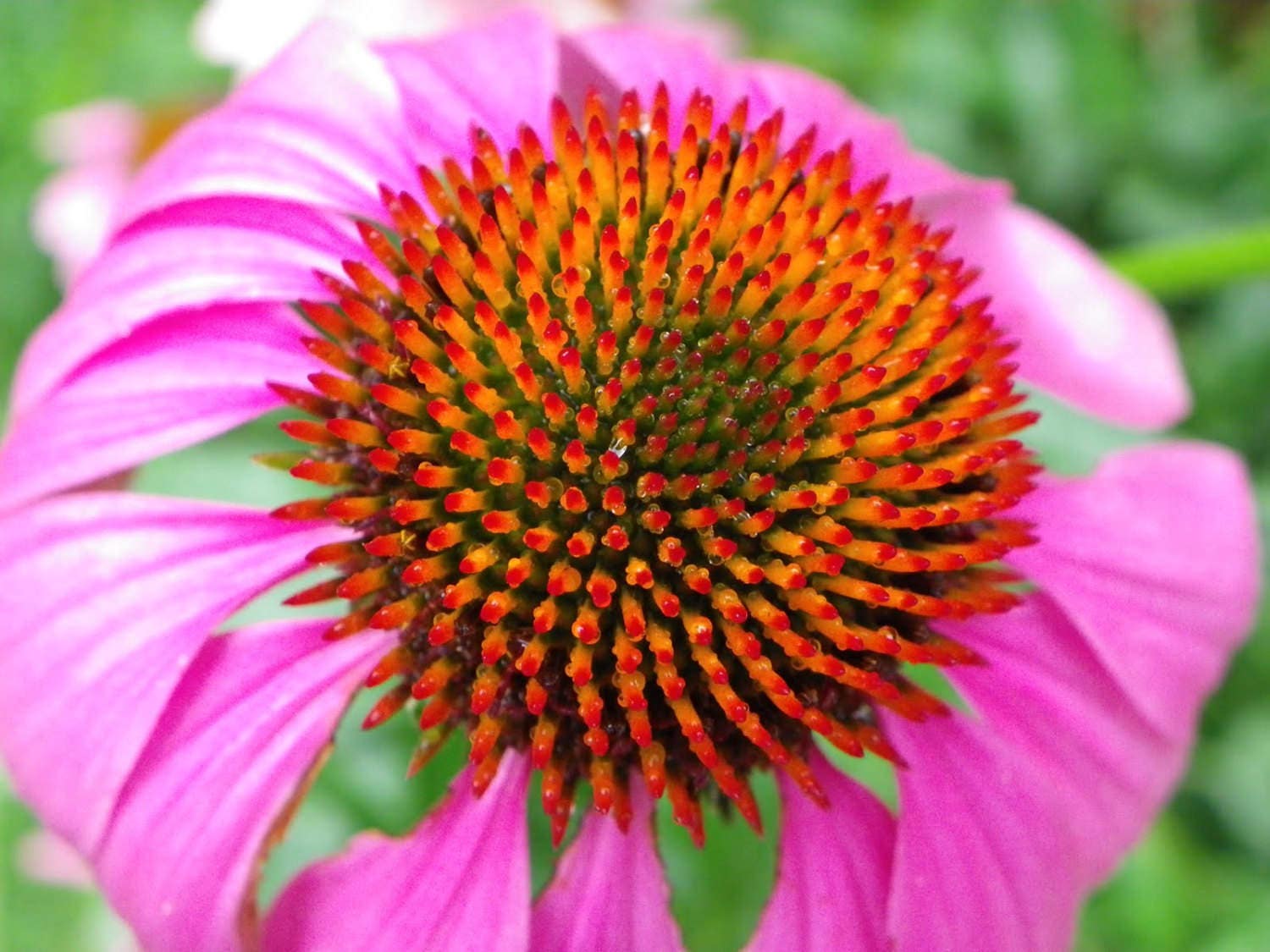


A deer will not eat any flowers that are not native to the region it lives in. Deer primarily eat trees and shrubs, but they also eat grasses, roots, leaves and flowers.ĭeer are very selective when it comes to food. Deer, like other animals, have a strict diet and it can vary depending on the season and their geographical location. Keep an eye on the plant and offer additional pruning, fertilizing, and watering as needfulĪ common misconception is that deer eat any and all plants they come across.Fertilize them or add compost top dressing around the plant to encourage new growth.Here are some helpful tips to use after a destructive visit from deer. Will Coneflowers Grow Back after Deer Eat Them?Ĭoneflowers can grow back after deer eat them up. During summer, deer get to choose what to eat from a variety of other plants thriving under the sun. You can protect your coneflowers by putting a chicken wire cage until summer approaches. They eat ravenously without prejudice anything they come across because they are hungry. In spring they eat coneflowers after a scarcity of food in winter. Deer also decides to go after coneflower depending on the season they are growing.With a little more research you can add to this list. This is not a limited list of plants that deter deer. Plants that are known to offend the delicate sensibility of a deer include lavender, chives, roses, and clematis.These will keep the deer away from your cherished blooms. Surround your coneflowers with plants that have a strong scent, fuzzy or prickly leaves with a bitter taste.If you notice that deer are nibbling on your stalks, leaves, or foliage of your coneflowers, plant some companion plants that deter them away.This will keep deer from nibbling on the young plants. If you are facing major deer problems, we recommend spraying deer repellant 3-4 weeks after planting. At this point, their leaf tissue is nitrogen-rich and tender. Hardy in Zones 4-8.Please note that even what would be called resistant varieties are vulnerable in the first weeks after planting. You can never go wrong with a bit of romance. It’s easy to see why their floral pendants, in shades of rose pink and white, will pack a punch. Beautiful blooms develop quickly in late spring and will last throughout summer and foliage stays lovely into fall. Known as a classic cottage staple, bleeding heart has a sap that deer find disagreeable. Use Espoma’s liquid Bloom! to keep the flowers coming. They are self-sowers, so if you leave the stalks in, they will continue to bloom year after year. Newer hybrid varieties are perennial, though. Many foxgloves are a biennial, so flowers don’t show up until the second year in the ground. This plant earns its deer-resistant label because it’s poisonous to deer (and humans). The colorful bell shaped flower with freckles on the inside is lovely addition to deer-resistant gardens. Give your flowers a strong soil base to help them thrive with Espoma’s Organic Garden Soil. It is a relatively tall flower with an average growth height of 2.5-3 feet. It has a lengthy flowering time from June through September. Yarrow is a vibrant yellow perennial with fuzzy foliage that deers hate. They tend to grow to about 2 feet tall and handle high heat and drought conditions well. These daisy-like blooms are perfect for a late summer or fall bouquet. Because its covered in course hair, deer and rabbits stay far away from it.

Named for their dark brown centers peeking out of the gold or bronze petals, black-eyed susans thrive in the sun. Feed with Espoma’s Plant-tone throughout the growing season.
WILL DEER EAT PURPLE CONEFLOWER FULL
Lavender prefers full sun with well-drained soil. Most varieties flower between June and August. Its fuzzy and fragrant leaves just do not appeal to deer. Best suited for zones 4-8.īesides being a garden must-have, lavender deters both mosquitoes and deer. Boost your Bee Balm with Espoma’s Organic Flower-tone fertilizer for big, healthy flowers. Bee Balm blooms in violet blue, red, pink or white from July through August and grows relatively tall, 2-3 feet. Utilize them strategically in your garden to keep deer away from favorites such as garden phlox or hosta.īee balm repels deer with its minty scent, but pollinators can’t get enough. These plants repel because they are fragrant, prickly or sap-filled. Of course, a hungry deer will eat just about anything. A beautiful garden that returns year after year and repels hungry deer sounds like a dream, but it can be real! Create an entire deer-resistant garden using plants these creatures strongly dislike.


 0 kommentar(er)
0 kommentar(er)
